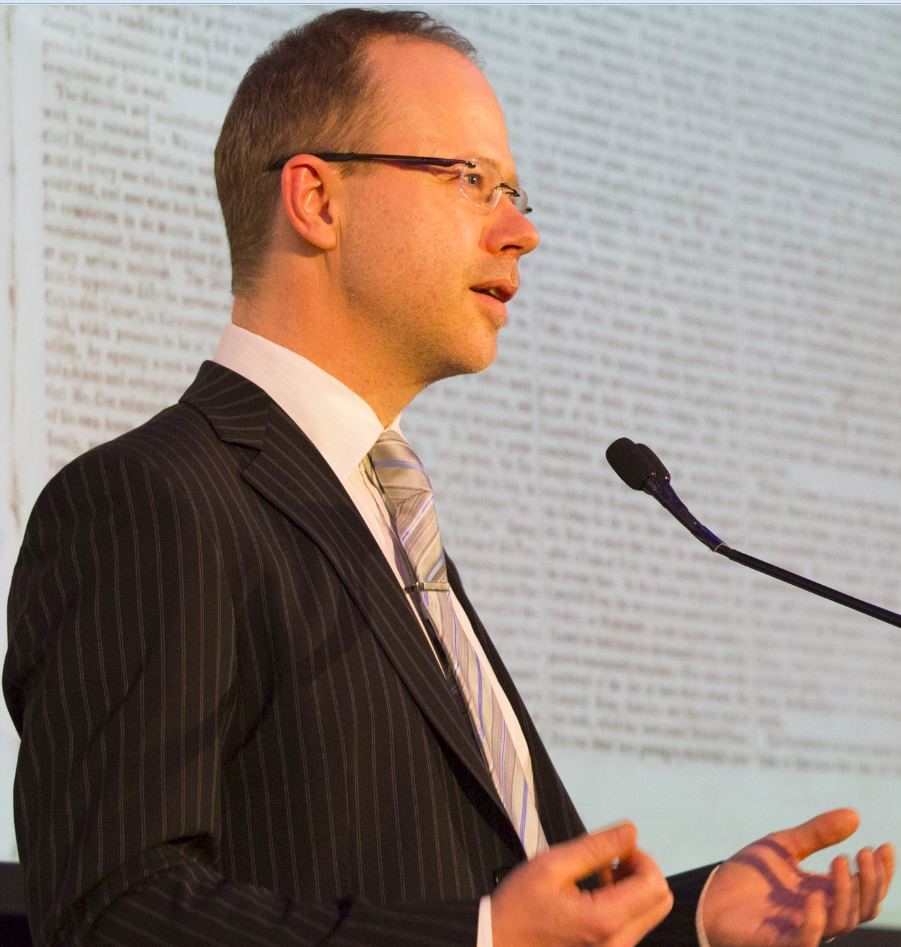In this paper I discuss broad concepts that are at the centre of debates in the digital history field. The discussion ranges over four key concepts: digital interactivity, narrative, content and form. Digital interactivity is a shifting concept, the changes in its meaning directed by technological change. Narrative, which continues to be the primary mode for the telling of history, is gaining new meanings as interactive modes prompt the question of what can be considered ‘narrative’ and what cannot. Particular kinds of historical content lend themselves more readily to interactive representation, but to discuss this is to acknowledge that what counts as ‘history’ has been expanded immeasurably over the past decades. Finally, the many hybrid forms being utilised in the digital history field requires that new critical frameworks be developed to help theorise and differentiate those forms.
If history has been slow to embrace interactive technologies, it is for clear reasons. They relate to the fundamental nature of historical study and representation. History refers to the great breadth of human experience and knowledge that produces the many competing understandings of people and place within and between communities and nations. It is little wonder that there has sometimes been a reluctance on the part of historians to adopt the very latest technologies that continue to emerge in the apparent rush towards the digital future. The discipline of history has certainly undergone major transformations over the past decades. In particular, historians have moved a long way from the traditional assumption that it would be possible to record the simple truth of an historical event, from a suitably objective position. If there is any ‘truth’ left in history, it is the truth that there is always another way to view events that have taken place, always another perspective to pay attention to. Interactive media, in its many forms, is particularly well suited to presenting a plurality of historical truths, encouraging a multifaceted view of the past. Its fundamentally nonlinear structures do not privilege the normal kinds of sequentiality and causality that are so often found in the more traditional kinds of historical narratives. However, history does continue to be told, for the most part, in its traditional forms: in straightforward, linear narrative forms, structures that reflect the impulses of the past as they are most commonly understood (the passing of time in chronological sequence, the influence of events of the past on those of the present and the future, and the one-way flow of living and ageing). This paper proceeds from the assumption that the representative power of interactive media, if harnessed, can offer distinct advantages over more conventional media.
[extract]
Arthur, Paul Longley. “Interactive Histories: Reflecting on Current Issues in the Database History Field,” in “Online Archives and Virtual Collections,” ed. Denise Meredyth and David Prater, special issue, Southern Review 38, no. 1 (2005): 8–17.






